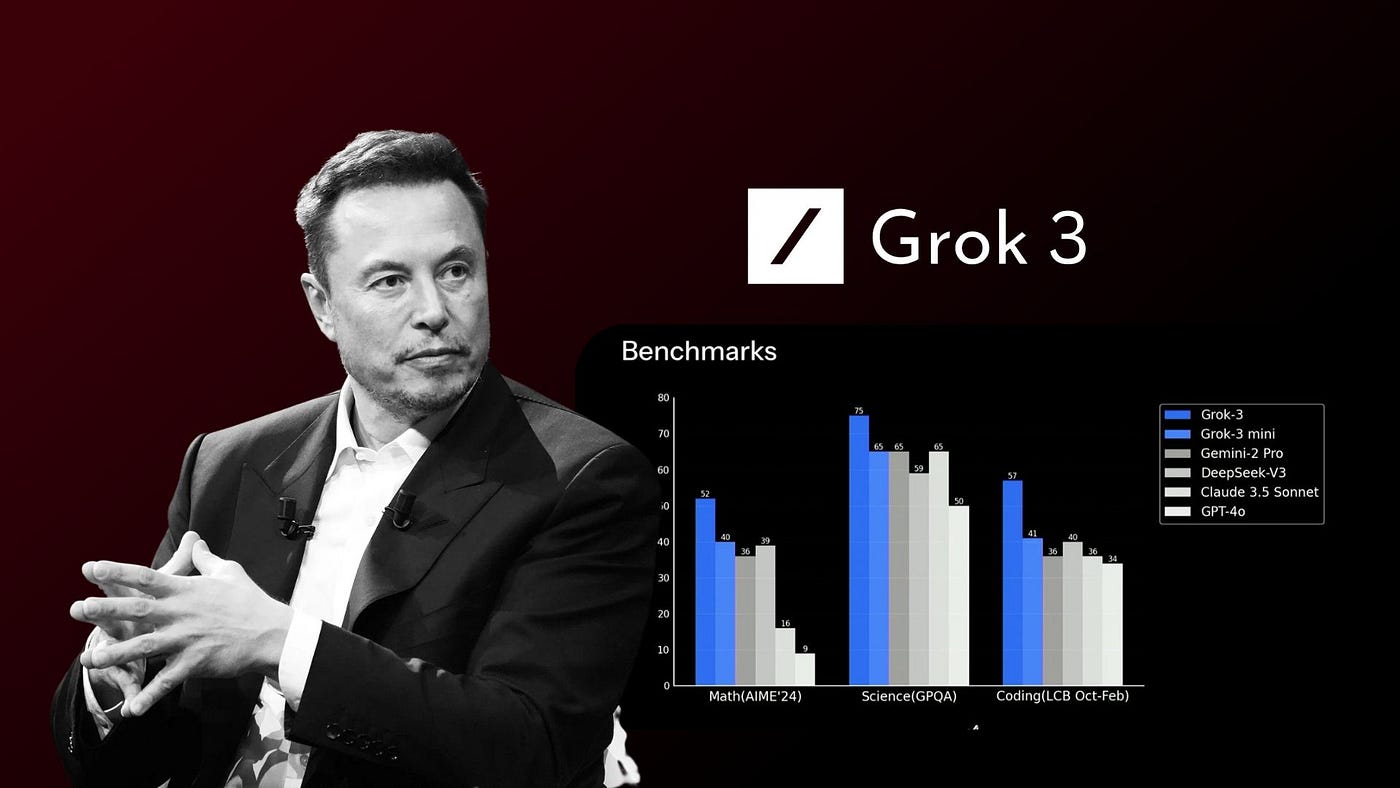
Even with legal battles made specifically about a countersuit from OpenAI, Elon Musk isn’t slowing down his efforts in the AI space. His AI startup, xAI, has officially launched an API for its most advanced language model yet: Grok 3.
Grok 3, which competes directly with OpenAI’s GPT-4o and Google’s Gemini 2.5 Pro, brings multimodal capabilities to the table. It can analyze both text and images and is already powering several features on X (formerly Twitter), the social platform Musk acquired and merged under the xAI umbrella back in March.
Two Versions, Two Price Points
xAI is offering two versions of the model via its API:
- Grok 3, the full-power flagship
- Grok 3 Mini, a lighter version with reasoning abilities
Here’s the pricing breakdown:
| Model | Input Cost | Output Cost |
| Grok 3 | $3 | $15 |
| Grok 3 Mini | $0.30 | $0.50 |
| Grok 3 (Fast) | $5 | $25 |
| Grok 3 Mini (Fast) | $0.60 | $4 |
To put it in perspective, a million tokens roughly equals 750,000 words. So, it’s clear that xAI is targeting enterprise users and serious developers rather than hobbyists.
However, the pricing has raised some eyebrows. Grok 3 is in line with Anthropic’s Claude 3.7 Sonnet but noticeably more expensive than Google’s Gemini 2.5 Pro, which in many benchmarks outperforms Grok 3 in reasoning and language tasks.
Related links you may find interesting
Context Window Confusion
While xAI previously boasted that Grok 3 could handle a 1 million-token context window, the current API caps out at 131,072 tokens, roughly 97,500 words. That’s still impressive but far from what was initially promised, leading to user frustration and skepticism about xAI’s transparency.
For comparison, OpenAI’s GPT-4 Turbo supports up to 128K tokens, and Claude 3 Opus recently matched that range. Google’s Gemini models have also expanded their context windows, making Grok 3’s capabilities less unique.
A Shift Toward Political Neutrality?
Originally pitched by Musk as a model that would be “unfiltered” and not bound by political correctness. Grok gained attention for its willingness to engage with controversial topics. Previous versions (Grok and Grok 2) often responded with blunt or even vulgar language, a sharp contrast to the cautious tone of ChatGPT or Bard.
However, Grok wasn’t without bias. A recent study suggested earlier Grok versions leaned left on topics like diversity and social justice. Musk blamed this on the training data largely sourced from public internet content and vowed to retrain the model toward neutrality. Whether Grok 3 has delivered on that promise remains unclear, but the move shows Musk’s continued desire to differentiate xAI’s models in the political and cultural landscape.
What’s Next for xAI?
Despite the ongoing legal fight with OpenAI (which Musk co-founded and later distanced himself from), xAI is clearly positioning itself as a serious contender in the AI space. With the Grok 3 API now live, the company is targeting developers, businesses, and creators looking for alternatives to OpenAI, Google, or Anthropic.
What’s interesting is that xAI has hinted at more Grok updates to come, possibly including enhanced video capabilities and deeper integrations with Tesla’s AI systems and hardware in the future. Some analysts believe Grok could eventually power real-time decision-making in self-driving tech, robotics, or Musk’s brain-machine interface company, Neuralink.
As of now, Grok 3 still has a lot to prove in both performance and reliability. But one thing’s for sure Elon Musk is betting big on AI, and Grok is the centerpiece of that vision





